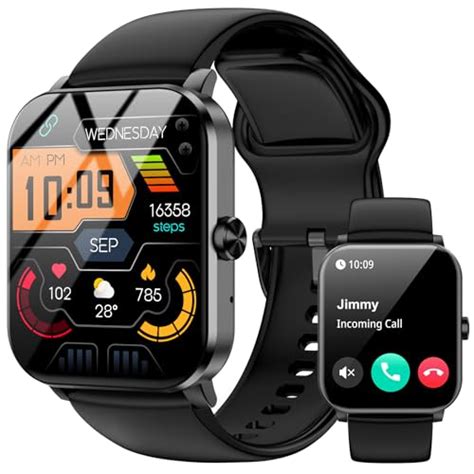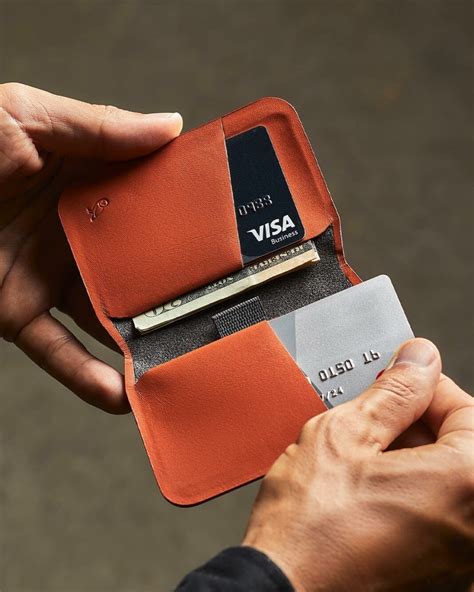The Quest for the Ultimate Men’s Fitness Tracker
For men dedicated to optimizing their fitness, a basic step counter simply won’t cut it. The demand for sophisticated data – particularly around high-intensity interval training (HIIT), heart rate variability (HRV), and detailed sleep recovery – has pushed the boundaries of wearable technology. Choosing the ‘best’ tracker means delving deep into sensor accuracy, algorithmic intelligence, and the actionable insights derived from your daily data.
Whether you’re pushing your limits with intense workouts or seeking to understand your body’s readiness for the next challenge, a top-tier fitness tracker can be an invaluable partner. It’s about more than just numbers; it’s about translating those numbers into a personalized roadmap for better performance, reduced injury risk, and improved overall well-being.
Unpacking Key Metrics: HIIT, HRV, and Sleep Recovery
When it comes to high-intensity interval training, precise heart rate monitoring is paramount. A good tracker should accurately capture rapid fluctuations in heart rate, providing clear zone data and recovery times during and after your sessions. This allows you to truly understand your effort and physiological response to explosive workouts, ensuring you’re working efficiently and not overtraining.
Heart Rate Variability (HRV) is a powerful indicator of your autonomic nervous system’s balance between stress and recovery. A higher HRV generally signifies better recovery and readiness, while a lower HRV can indicate stress, fatigue, or potential illness. For men, understanding HRV can be a game-changer for optimizing training load and preventing burnout.

Sleep is the cornerstone of recovery. A superior fitness tracker goes beyond just tracking hours slept, offering detailed insights into sleep stages (REM, deep, light), interruptions, and overall sleep quality. Crucially, it should interpret this data to provide a ‘recovery’ or ‘readiness’ score, guiding your training decisions for the day ahead. This holistic approach ensures your body has adequately repaired and recharged, making every workout more effective.
What to Look For in a Top-Tier Tracker
Sensor Accuracy: The foundation of any good tracker is its sensors. Look for advanced optical heart rate sensors that perform well under high-motion conditions, ideally with external chest strap compatibility for maximum accuracy during HIIT. GPS accuracy is also vital for outdoor activities, and robust accelerometers contribute to precise activity tracking.
Advanced Analytics & Algorithms: Raw data is only useful if interpreted correctly. The best trackers utilize sophisticated algorithms to analyze HRV trends, estimate VO2 Max, identify sleep patterns, and provide actionable recovery recommendations. These algorithms are often proprietary and can vary significantly between brands.
Durability and Design: For active men, a tracker needs to withstand rigorous use. Look for robust materials, water resistance suitable for swimming, and a comfortable fit that doesn’t impede movement. While aesthetics are subjective, many prefer a design that transitions seamlessly from the gym to daily life.

Battery Life: Continuous tracking of advanced metrics consumes power. A long battery life (several days to over a week) is essential to avoid constant recharging, especially for uninterrupted sleep and recovery monitoring.
App Experience and Insights: A tracker is only as good as its accompanying app. Look for an intuitive interface that presents complex data clearly, offers personalized coaching, trend analysis, and integrates well with other fitness platforms. The ability to easily review your HIIT performance, HRV trends, and sleep recovery scores is crucial.
Beyond the Basics: Recovery and Readiness
The true value of an advanced fitness tracker lies in its ability to synthesize multiple data points into meaningful insights about your overall recovery and readiness. Some trackers provide daily ‘recovery scores’ or ‘body battery’ metrics, which combine sleep quality, HRV, activity levels, and even stress to give you a holistic picture of your physiological state. This enables smarter training decisions – knowing when to push harder and, more importantly, when to prioritize rest.

By understanding how your body responds to different stressors and recovery strategies, you can prevent overtraining, improve adaptation, and reduce the risk of injury. This data-driven approach moves beyond guesswork, empowering you to fine-tune your regimen for peak performance and sustained health.
Making Your Choice: A Personalized Approach
While there isn’t a single ‘best’ tracker for every man, focusing on models known for their scientific validation and advanced biometric capabilities is key. Consider your primary sport or activity, budget, and desired level of data granularity. Read independent reviews that specifically test accuracy during HIIT and evaluate HRV and sleep tracking features. Pay attention to how the device integrates into your lifestyle and the clarity of its app’s recovery insights.

Ultimately, the best fitness tracker will be one that not only accurately collects the data you need but also presents it in an understandable and actionable way, helping you make informed decisions about your training and recovery.
Conclusion
Selecting a fitness tracker capable of accurate HIIT, HRV, and sleep recovery tracking is a significant step towards optimizing your health and performance. By prioritizing precise sensor technology, intelligent analytics, robust design, and a user-friendly app, men can find a wearable that truly acts as a personal coach, guiding them towards smarter training, better recovery, and achieving their peak physical potential.





